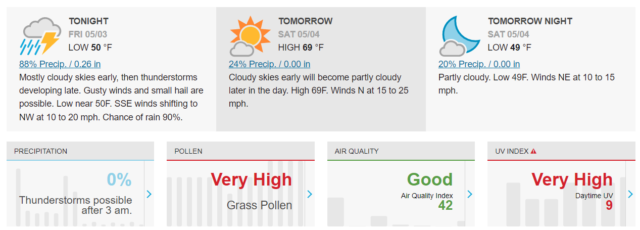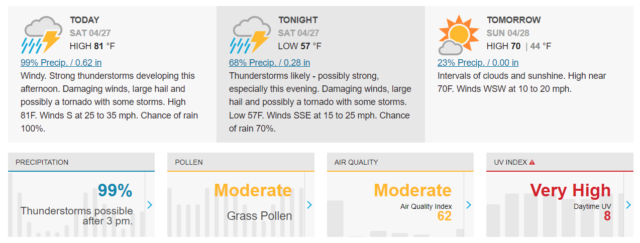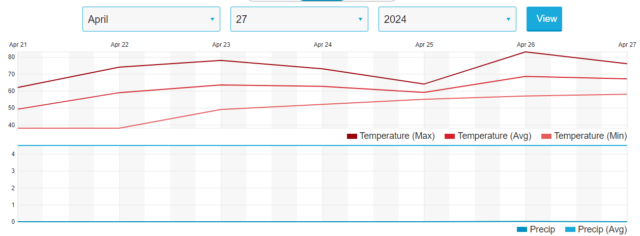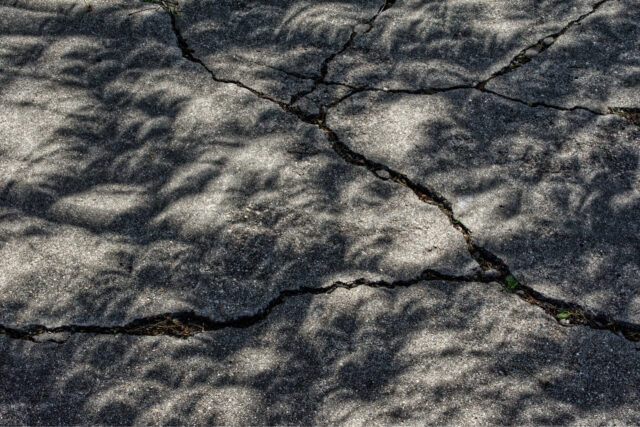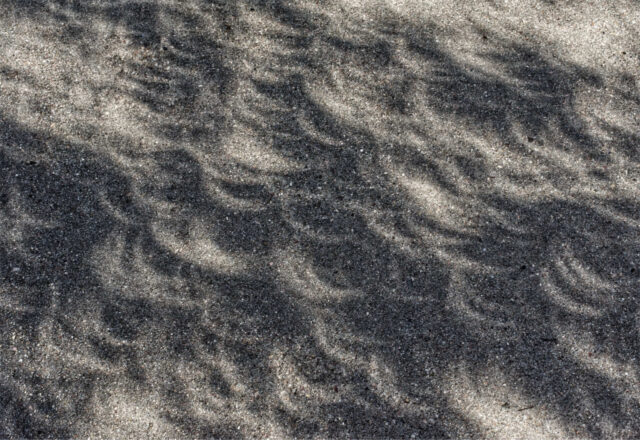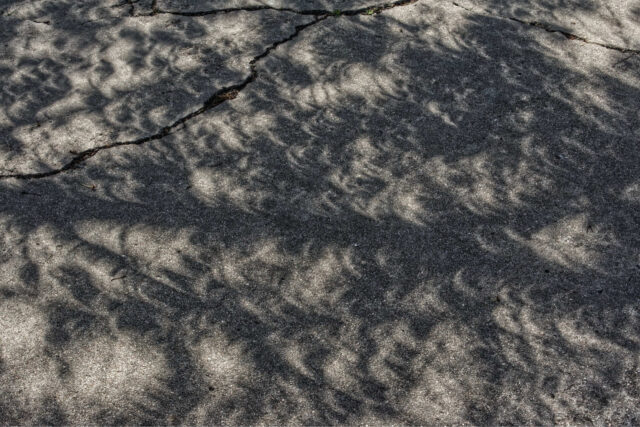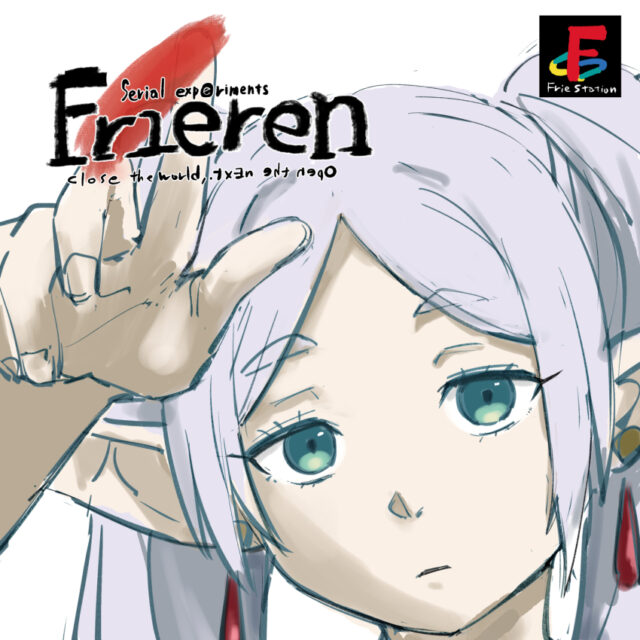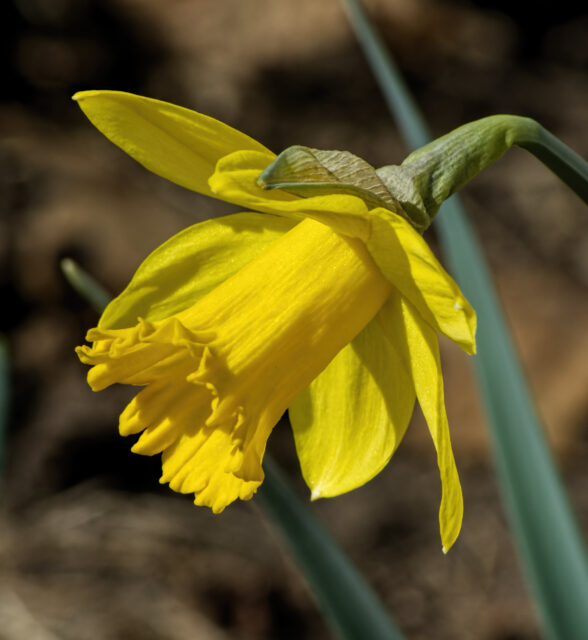“Pre-Vatican II” includes everyone from the Hildegard of Bingen to Teresa of Avila to Edith Stein. Heck, it includes most of Dorothy Day and Thomas Merton’s writings. “Pre-Vatican II” includes the life, witness and prayers of St. Francis of Assisi. “Pre-Vatican II” includes, well, every single Catholic thing that emerged before 1962, I guess.
“To Leon Trotsky, with love . . . .”
Maureen Mullarkey on Frida Kahlo:
Kahlo was a minor talent inflated into a major one by identity politics (including Mexican nationalism) and artworld access provided by marriage to Diego Rivera, the great Mexican muralist. She is the darling of women who once cried over Sylvia Plath and grew up to carry @MeToo tote bags. Her painting was a relentless obsession with herself as sign and symbol of eternal female suffering—Frida, Woman of Sorrows. Her prominence owes as much to the maudlin chauvinism of her work as on the names she slept with.
More snapshots
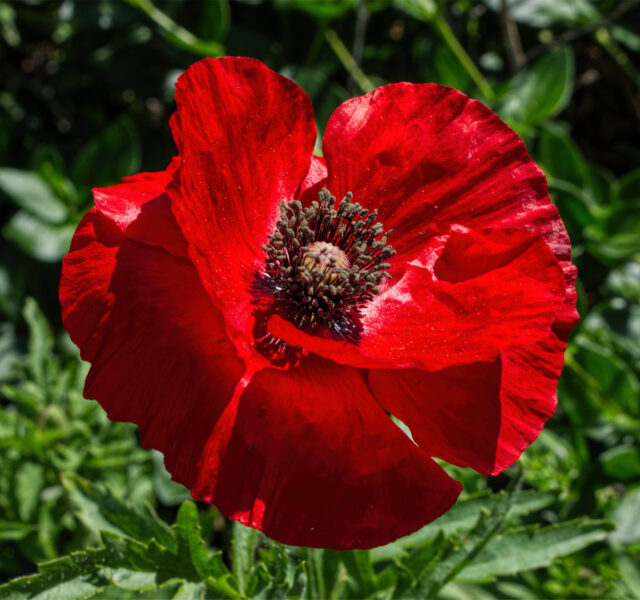
Eventually I’ll get back to books, music, animation and the collapse of civilization, but for the moment my focus is on my garden. Here are some recent pictures. There are more at my Flickr page.
So …
… will it rain? While much of the prairie has been getting an overabundance of weather, out here in the middle of nowhere there has been virtually nothing. April showers this year amounted to .16 of an inch. It’s dry, and we need some real rain, not just a bit of drizzle. Yesterday the weatherman predicted a 100% chance of rain tonight, and I thought, yeah, right. He’s predicted heavy rain many times this year, but as the moment approaches the probability diminishes, the “thunderstorms possible after” time gets later and later, and ultimately that inch of rain becomes just a trace, or nothing.
Tonight, however, it looks like rain might actually fall. The chance of rain is at 90%, not the 60% or 40% that it would typically have been reduced to by this time. The arrival time has been postponed to after 3 a.m. and the amount expected is down to a quarter inch, which are not good signs, but nevertheless it looks like we might get enough moisture to make a difference.
Update, the morning after: We got about an inch of rain, starting shortly after midnight.
Despite the dryness the garden is doing well. Snapshots are below the fold.
New blue
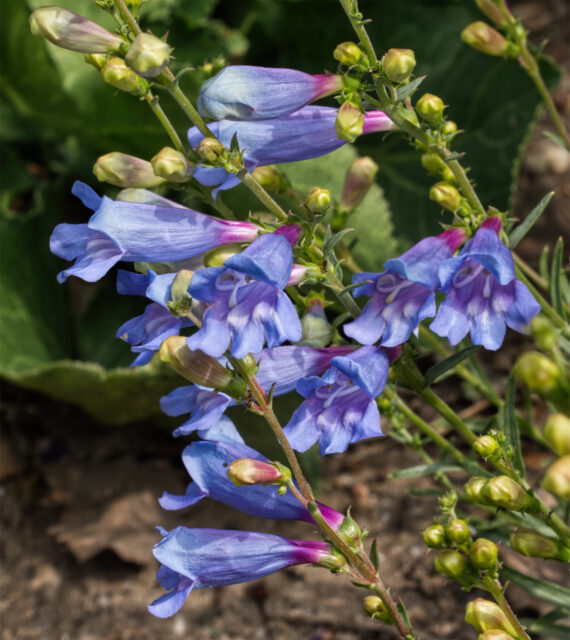
The first of the penstemons opened this week. The others I planted last year are heavily budded and should put on a good show over the next couple of months. This year I put in a bunch more, focusing on blues and reds, to see which species will survive in Kansas.
More snapshots from the garden under the fold.
Do I water?
This is the forecast for the afternoon. It looks promising, and there’s even a tornado watch, but I don’t know if there will actually be any measurable precipitation. Several times earlier this week the weatherman has promised 50%, 60%, 70%, 80% chances of rain. Here’s what we got:
The garden needs water, but I don’t want to get out the sprinklers if we’re going to get an inch of rain. I’ll just cross my fingers for now.
Update: All the interesting weather missed us, which is fortunate. However, we only got half of a tenth of an inch of rain overnight, which is not enough. I’ll need to water everything.
Today’s question
If a museum is to be a center of creativity, thought, and conversation, how is it different from a coffeehouse? Is it just that the coffee is worse?
Springtime in Kansas
It was 93℉ a week ago. Now it’s snowing.
Looking down
For today
A bit of color
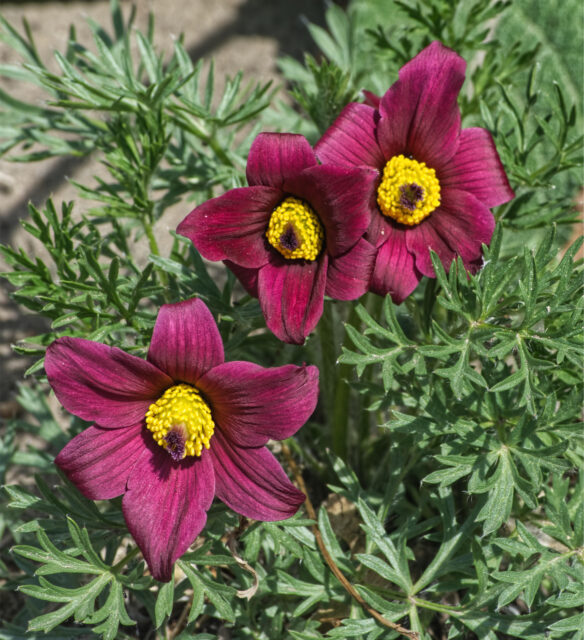
Spring is definitely here, about three weeks early. The 16℉ late in March did surprisingly little damage, and most things are rapidly growing. Here are a few of the current highlights.
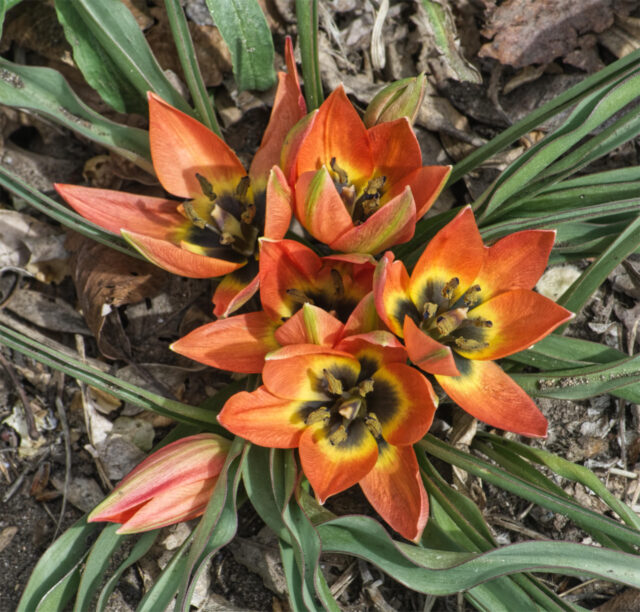
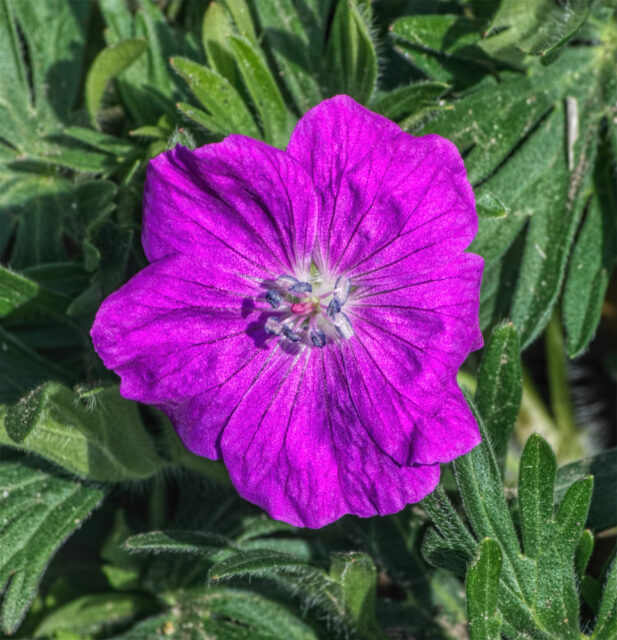
***
Grr. WordPress logged me out while I was assembling this post. Even though the “Howdy” message remained at the upper right, I couldn’t see the page preview. I had to relog using the login under the “Meta” heading on the weblog page to finish this post.
Not enough words
Memo to Clayton Barnett: Steven’s discussion of Lain can be found here.
Historical-botanical footnote
Joseph Moore’s most recent post mentions the Iron Chancellor. That reminded me of a bit of horticultural history.
One rose I grew many years ago was a fine white hybrid perpetual called “Frau Karl Druschki.” That’s a bad enough name, but it could have been much worse. From an online discussion:
According to a reference, for some years from 1900 there was an annual competition for the best new seedling of German origin, to be named ‘Otto von Bismarck’. The rose described here is pink, from 1908. However there is an illustration dated 1900. Was that a different rose? (Or as a passing thought, a typo?)
1900 was the year that the rose eventually named ‘Frau Karl Druschki’ was entered in the competition….… ‘Frau Karl Druschki’, at the time still unnamed, had participated in the original competition in 1900, but the judges found no rose to be good enough to be called ‘Otto von Bismarck’. So, Lambert named his rose FKD and commercialzed it and was out of the game. The original prize money of 1000 Marks was increased first to 2000, then to 3000, to no vail – nothing was good enough! Finally in 1906 Kiese’s rose made it. The irony is that FKD went on to become one of the hottest introductions of the early 20th century, while Kiese’s ‘Otto von Bismarck’ almost disappeared.
You can call the rose “Snow Queen” or “Schneekönigin” if you find “Frau Karl Druschki” too clunky.
*****
Bonus foolishness: A note from the Modern Language Association’s annual meeting:
But amid the usual carnival of perversity there was one bijou we thought might interest our readers. No, it has nothing to do with, you know, literature. The denizens of the mla and indeed of the humanities departments of most of our universities wouldn’t countenance anything so retrograde. But how’s this, a session on “Vegetal Afterlives”?
“Advancing recent work in critical plant studies”—“critical plant studies”? alas, yes—“asking how plants offer vibrant models of resistance to environmental destruction through their persistent attempts to create a Plantocene, . . . panelists focus on the theme of vegetal resistance, considering how plants can offer models of resistance for human crises like systemic racism, unnatural disasters, and climate change.”
Protected: Al with guitar
First
After a brutal January, it looks like we’re heading for an early spring. The daffodil above opened yesterday, unscathed by the 13℉ freeze Saturday morning. This is the second-earliest daffodil I’ve seen in Kansas. (The earliest bloomed February 17 fifteen years ago.) The forecast for the rest of the month looks like late March or early April. The weather may well double-cross me in March (it occasionally happens that the heaviest snow of a winter falls on March 20), but it’s probably time to clean up the garden and get it ready for this year’s experiments.
Update: The first Iris.
One for the English majors
It’s February 2, when bloggers post a favorite poem if they remember to. Here’s John Berryman’s “A Professor’s Song.”
(. . .rabid or dog-dull.) Let me tell you how
The Eighteenth Century couplet ended. Now
Tell me. Troll me the sources of that Song—
Assigned last week—by Blake. Come, come along,
Gentleman. (Fidget and huddle, do. Squint soon.)
I want to end these fellows all by noon.‘That deep romantic chasm’—an early use;
The word is from the French, by our abuse
Fished out a bit. (Red all your eyes. O when?)
‘A poet is a man speaking to men’:
But I am then a poet, am I not?—
Ha ha. The radiator, please. Well, what?Alive now—no—Blake would have written prose,
But movement following movement crisply flows,
So much the better, better the much so,
As burbleth Mozart. Twelve. The class can go.
Until I meet you, then, in Upper Hell
Convulsed, foaming immortal blood: farewell.
One of my teachers during his student days took a poetry-writing workshop with Berryman. Berryman was not gentle in his critiques of the students’ efforts. Forty students enrolled in the course; two weeks into the semester, only fifteen were left. However, of those fifteen, twelve went on to publish at least four books each.

